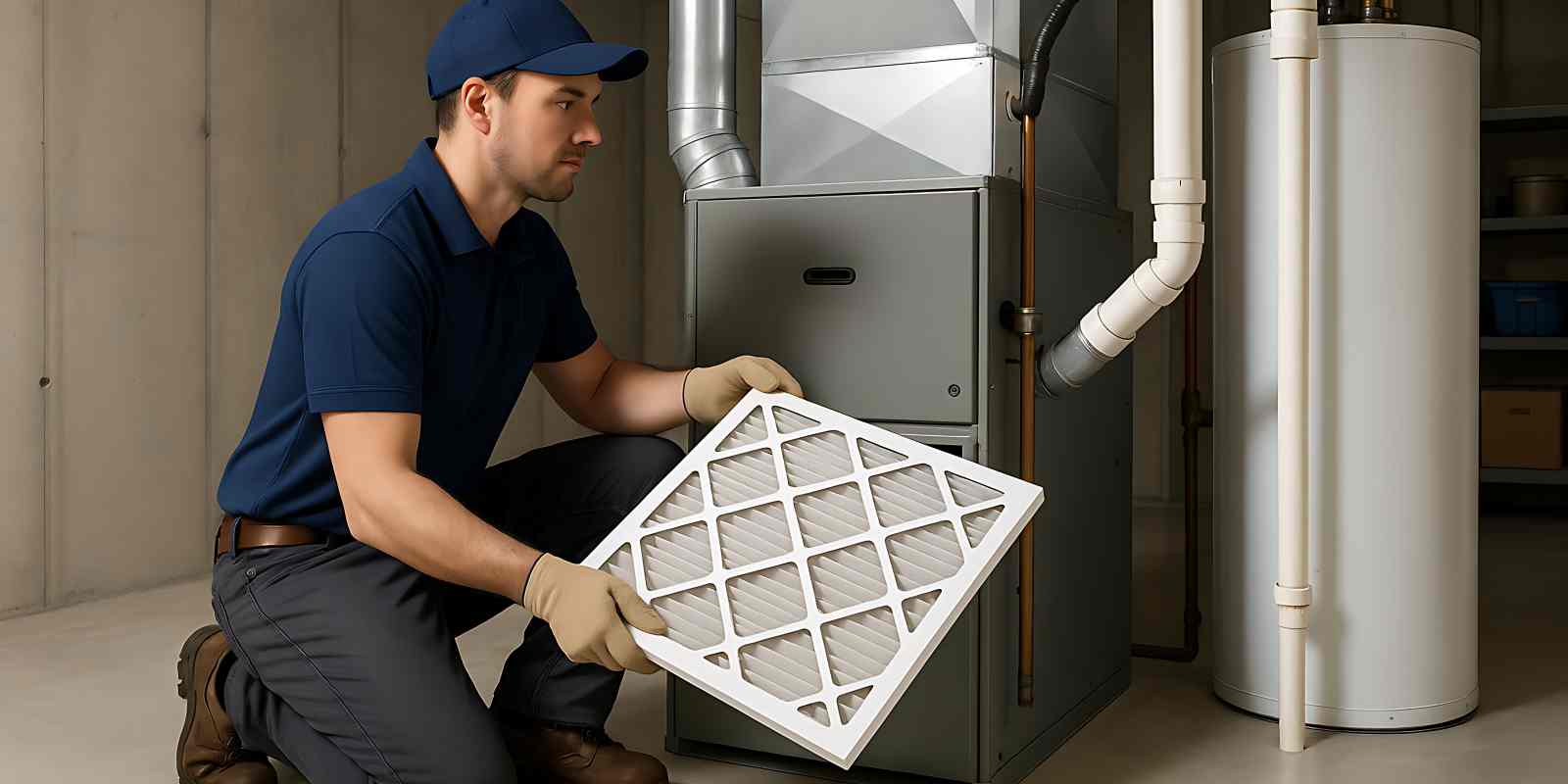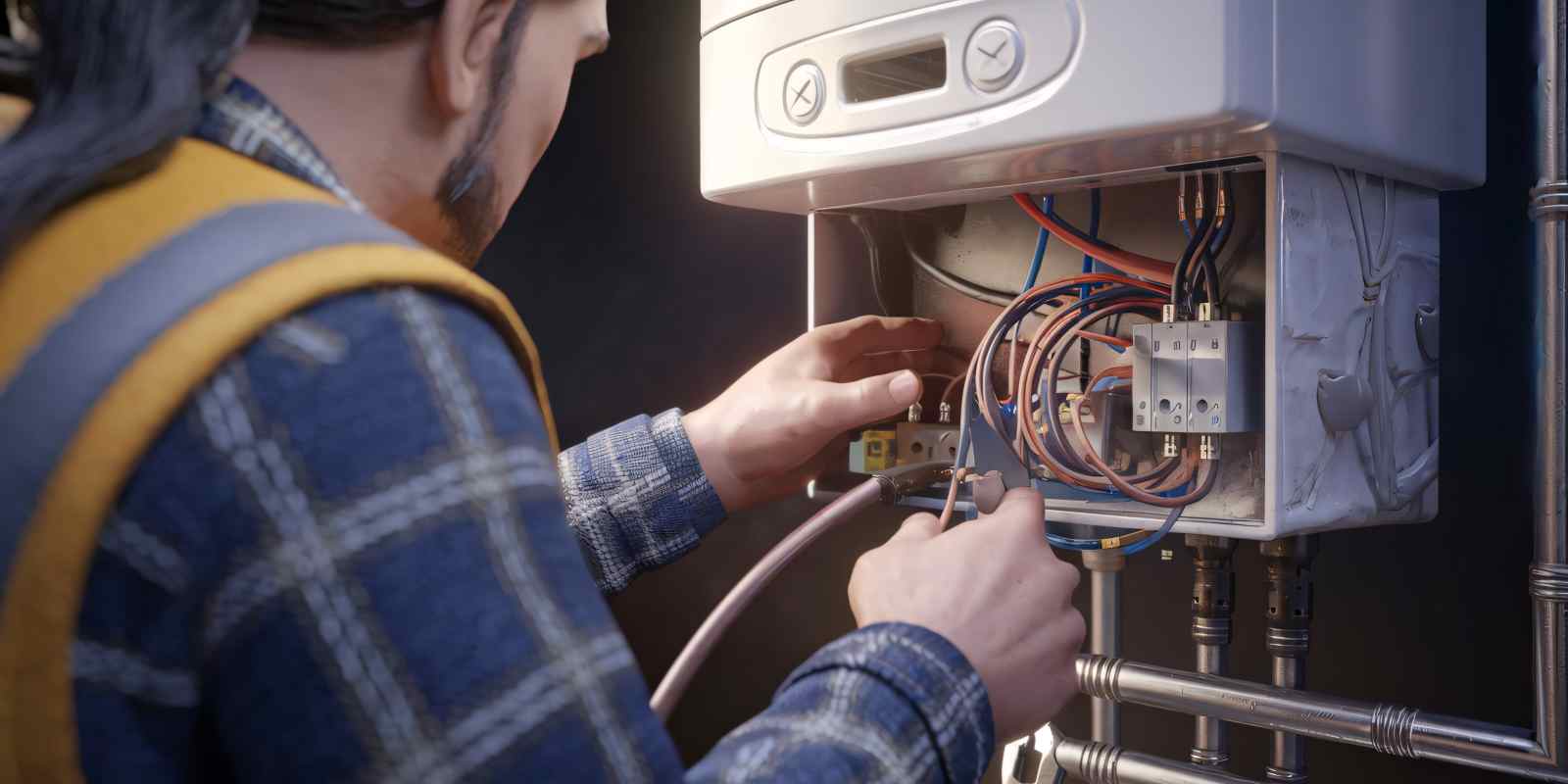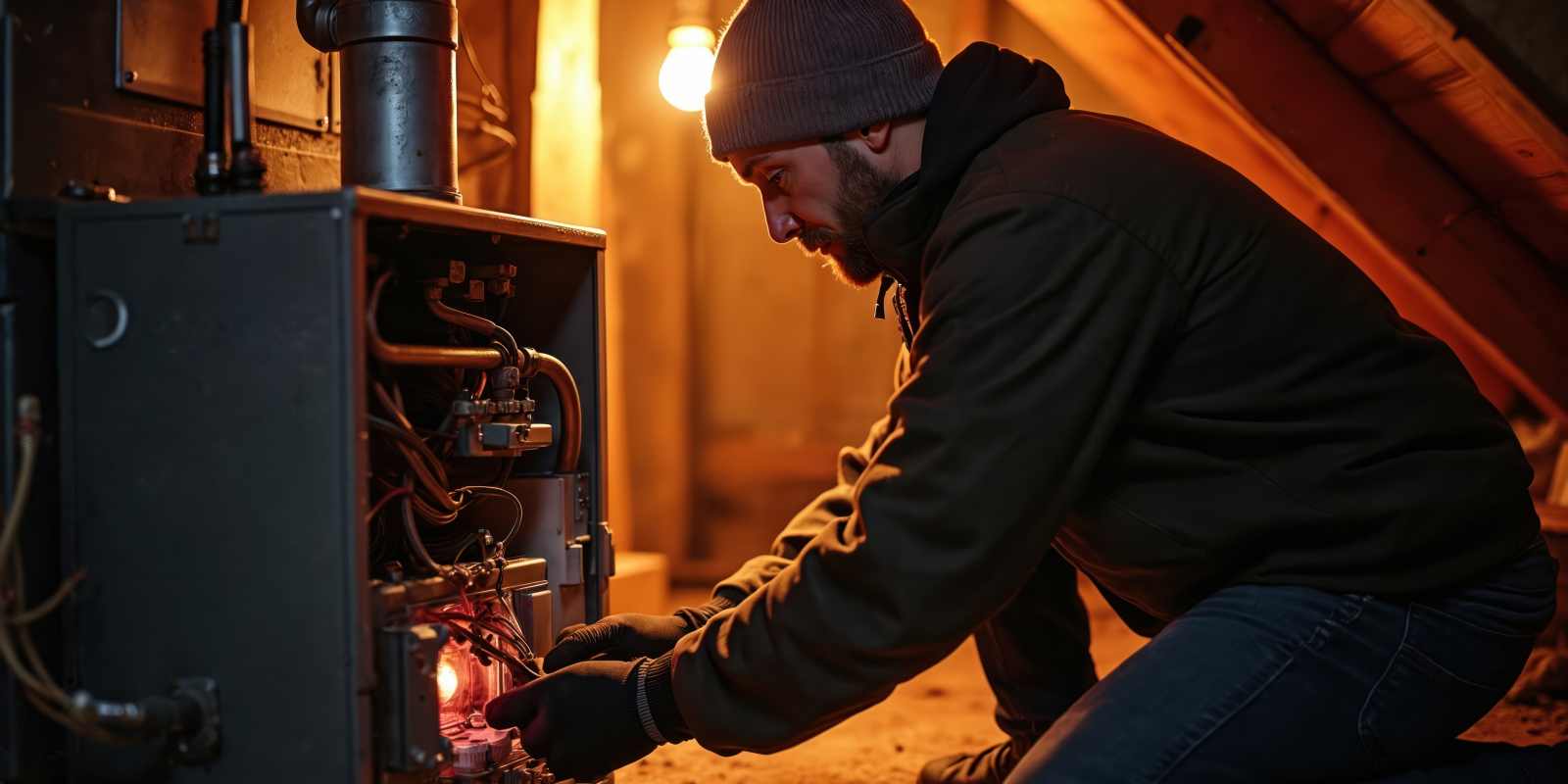 One of the most interesting aspects of geothermal heating is that, unlike natural gas or other heating types, geothermal systems come in a number of different styles. There are open loop varieties that utilize ground water or other nearby water sources, and closed loop systems that use a self-contained coolant mixture. The closed loop designs can be installed horizontally or vertically, and some of the horizontal designs can be submerged in a pond or lake rather than underground. This means that no matter what your landscape looks like, there is a geothermal system that is right for you.
One of the most interesting aspects of geothermal heating is that, unlike natural gas or other heating types, geothermal systems come in a number of different styles. There are open loop varieties that utilize ground water or other nearby water sources, and closed loop systems that use a self-contained coolant mixture. The closed loop designs can be installed horizontally or vertically, and some of the horizontal designs can be submerged in a pond or lake rather than underground. This means that no matter what your landscape looks like, there is a geothermal system that is right for you.
The Difference Between Open and Closed Loop Designs
There are two basic types of geothermal systems: closed loop and open loop. Open loop systems use a water source such as ground water or pond water. Instead of continuous (or closed) piping, they pump water from the water source into a home or commercial building. A heat pump uses the water to heat or cool the space, and then the water is pumped into a discharge well or a low lying area where it can drain back into the original water source.
Closed loop systems normally use an antifreeze solution that is piped through buried or submerged piping. Because they don’t rely on a ground water source, these systems come in a variety of configurations. The versatility of closed loop systems makes them more popular than open loop systems. One doesn’t need a body of water or a large plot of land to install a closed loop system.
Horizontal Loop Systems
Horizontal loop systems are a closed design, and they are one of the least expensive options, which makes them very popular among homeowners. With this system, you’ll run pipes 4 to 6 feet below the ground’s surface so that they rest underneath the frost line.
The one drawback to horizontal loop systems is that they require a larger plot of land than a vertical installation, which makes them unsuitable for homes with very small yards. However, even if you have a small yard, you may still be able to install what is known as “the slinky.” This is a horizontal loop system that uses coiled piping to cut both installation costs and space requirements.
Vertical Loop Systems
Vertical loop systems are another type of closed loop system. These systems are great for both commercial and residential installations, especially for buildings that don’t have larger plots of land surrounding them. They’re also a good choice for places that are difficult to trench, such as heavily landscaped yards. With the vertical loop system, holes are drilled to a depth ranging between 150 and 250 feet. Pipes – which are connected at the bottom to make a long loop – are inserted into the holes. Horizontal piping runs from the indoor heat pump and connects to the top of each vertical loop.
Pond
If your property has a pond or other large body of water, a pond loop geothermal system might be for you. Since these systems require very little trenching – just the feed and return pipes – pond loop systems are the least expensive of any geothermal system. Like the slinky design, the pipes for these systems are laid out in coils. The pond will need to be at least 8 feet deep to keep the pipes from freezing, and the water must meet quality and volume standards in order to provide an effective heat source.
The space for piping and available ground water for open loop systems aren’t the only factors you’ll need to consider if you want to install a geothermal system. Soil type, moisture and bedrock depth will all play a part in your final decision. The best way to choose the right system for your home or commercial building is to seek the advice of a qualified energy specialist.
Sources: http://energy.gov/energysaver/articles/geothermal-heat-pumps
http://www.geothermalgenius.org/blog/are-you-in-the-loop-open-vs-closed-loop-systems-in-geothermal
http://www.iowageothermal.org/html/earthloop.html
http://www.geothermalgenius.org/how-it-works/sizing-a-geothermal-heat-pump-system-design.html



